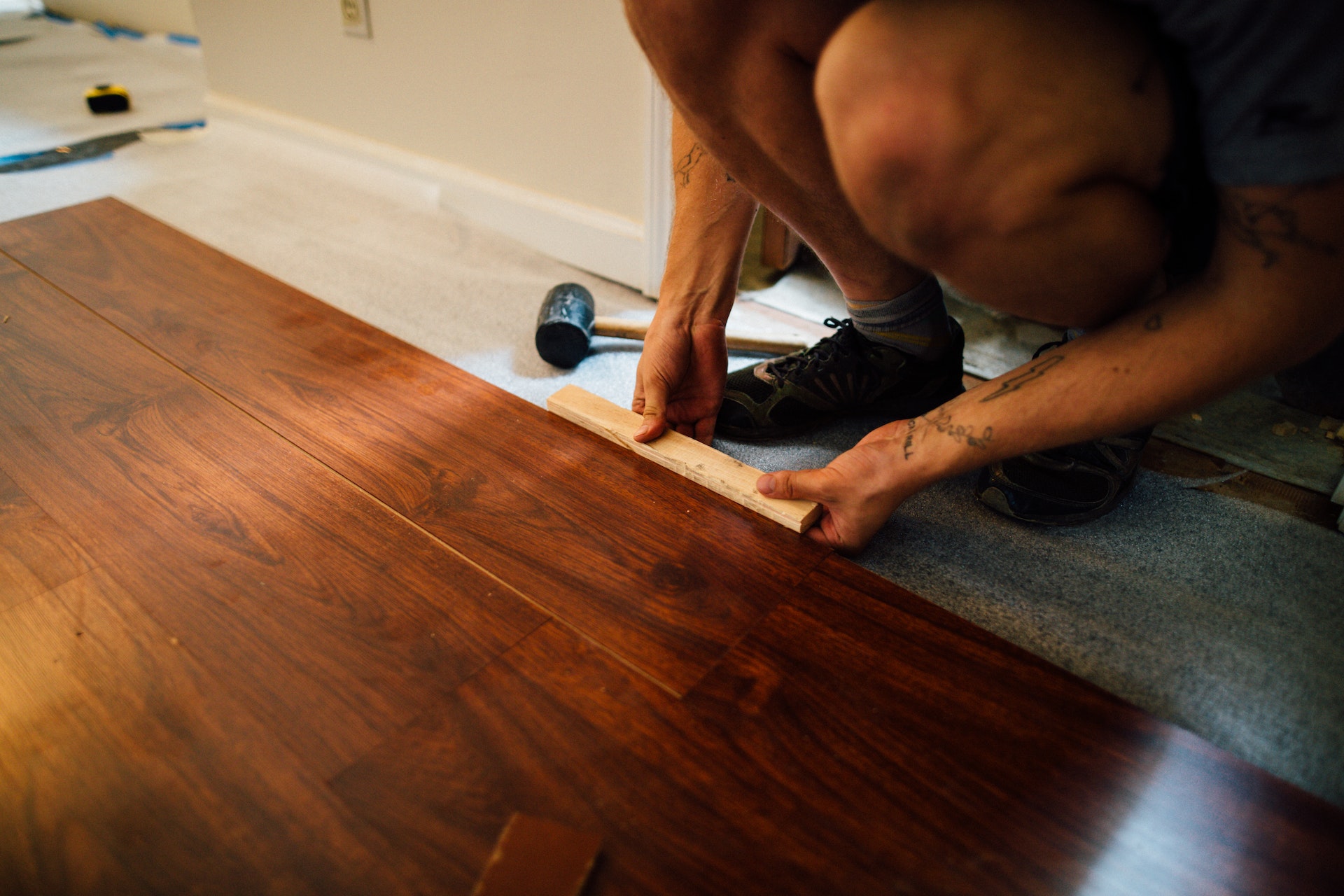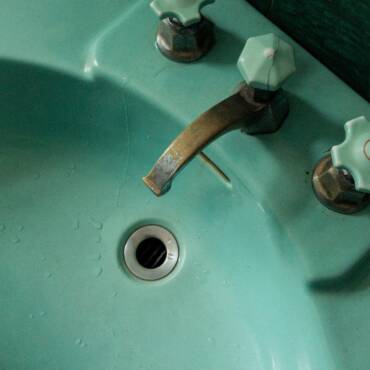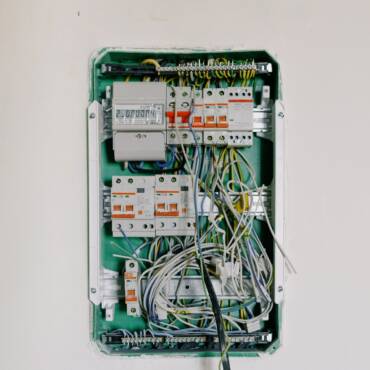In the realm of interior design, flooring installation emerges as the foundational art that sets the stage for a space’s aesthetics and functionality. This comprehensive article delves into the intricacies of flooring installation, uncovering its significance, types, installation methods, creative potential, and the transformative role it plays in shaping captivating living environments.

Flooring Installation
The Essence of Flooring Installation: Beyond Functionality
Flooring installation goes beyond its utilitarian purpose; it is the canvas upon which the entire design narrative of a room unfolds. It not only anchors the visual appeal of a space but also contributes to its ambience, acoustics, and comfort.
Types of Flooring: A Multitude of Possibilities
- Hardwood Flooring: The timeless elegance of hardwood brings warmth and character to any space, available in various wood species and finishes.
- Laminate Flooring: A cost-effective alternative to hardwood, laminate offers durability and replicates the look of wood, tile, or stone.
- Tile Flooring: Ceramic, porcelain, and natural stone tiles provide diverse textures, patterns, and colour options suitable for various design styles.
- Vinyl Flooring: Versatile and resilient, vinyl comes in sheets, tiles, and planks, offering water resistance and easy maintenance.
- Carpet Flooring: Soft and comfortable, carpeting comes in a range of materials and colours, providing insulation and sound absorption.
Installation Methods: Precision and Expertise
- Floating Installation: Common for laminate and engineered wood, this method involves interlocking planks without adhesive.
- Nail-Down Installation: Used for solid hardwood, nails secure each plank to the subfloor.
- Glue-Down Installation: Adhesive is applied to both the subfloor and the back of the flooring material, ensuring a secure bond.
- Tile Installation: Tiles are laid on a mortar bed with grout between them, creating a durable and visually appealing surface.
- Carpet Installation: Carpet is secured to the floor using adhesive or tack strips, creating a plush and comfortable surface.
The Art of Creative Flooring Design
- Pattern Play: Combine different flooring materials to create unique patterns, borders, or transitions between rooms.
- Colour Palette: Use contrasting or complementary colours to define spaces, highlight architectural features, or evoke a specific mood.
- Texture Fusion: Incorporate a mix of textures, such as combining hardwood with area rugs, to add depth and visual interest.
- Diagonal Installation: Laying planks or tiles diagonally can visually expand a room and create a dynamic visual effect.
Harmonizing Flooring with Design Elements
- Seamless Flow: Choose flooring materials that complement the overall design theme and flow seamlessly between rooms.
- Open Spaces: Use the same flooring throughout open-concept spaces for continuity and a cohesive look.
- Transitions: Employ transition pieces or creative design to seamlessly connect different flooring materials in adjoining spaces.
The Functionality of Flooring: Beyond Aesthetics
- Durability: Properly installed flooring materials withstand daily wear and tear, maintaining their appearance over time.
- Sound Insulation: Flooring installation can contribute to sound reduction, creating a quieter and more comfortable environment.
- Underfloor Heating: Some flooring materials, like tile, are conducive to underfloor heating systems, enhancing comfort.
- Maintenance Ease: Flooring materials vary in terms of maintenance requirements; choose materials that align with your lifestyle.
Professional vs. DIY: Making an Informed Choice
While DIY enthusiasts may attempt simple flooring installations, complex projects and certain materials demand the expertise of professional installers. Quality installation ensures longevity, aesthetics, and adherence to safety standards.
Embracing Technological Advancements
Technology has revolutionized flooring installation:
- Digital Design Tools: Software allows for accurate visualization of different flooring materials in a space before installation.
- Precision Cutting Tools: Advanced tools ensure precise cuts and installation, minimizing waste and errors.
- Prefinished Options: Prefinished flooring materials reduce installation time and eliminate the need for on-site finishing.
Budget Considerations: Balancing Elegance and Expenses
Striking a balance between desired aesthetics and budget is essential. Prioritize high-traffic areas and explore cost-effective alternatives without compromising quality.
Conclusion
Flooring installation is the unspoken foundation of interior design, serving as the starting point for a harmonious and captivating living environment. From choosing the right material and installation method to embracing creative design possibilities, flooring installation is a canvas for self-expression and functional enhancement. By understanding the diverse options, aligning with design elements, and harnessing technological innovations, homeowners and designers can master the art of flooring installation, creating stunning spaces that stand on a solid and stylish foundation.



